Space news stories
“We’re finding that there could be substantially more visitors,” say Harvard scientists

Scientists spot giant feature at edge of the galaxy.
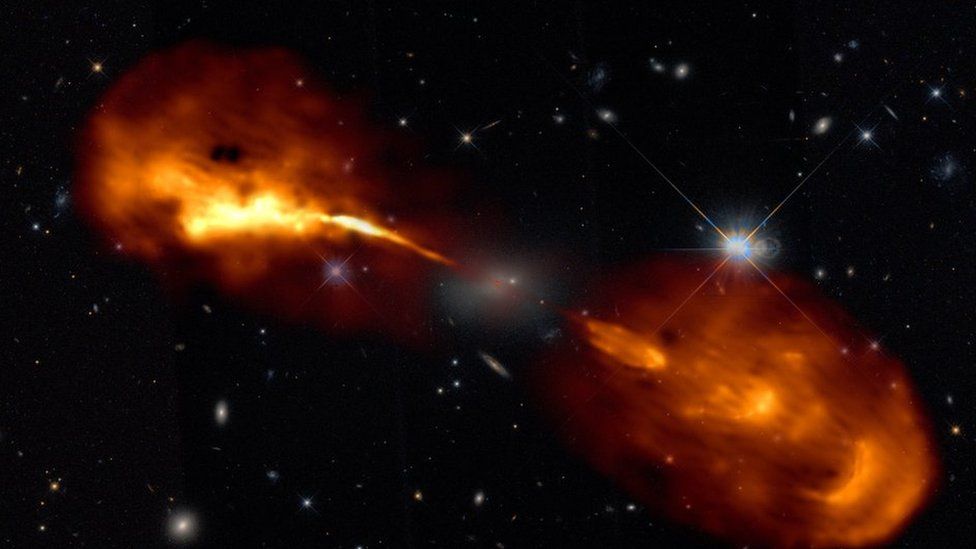
Astronomers have captured some of the most detailed images ever seen of galaxies in deep space.
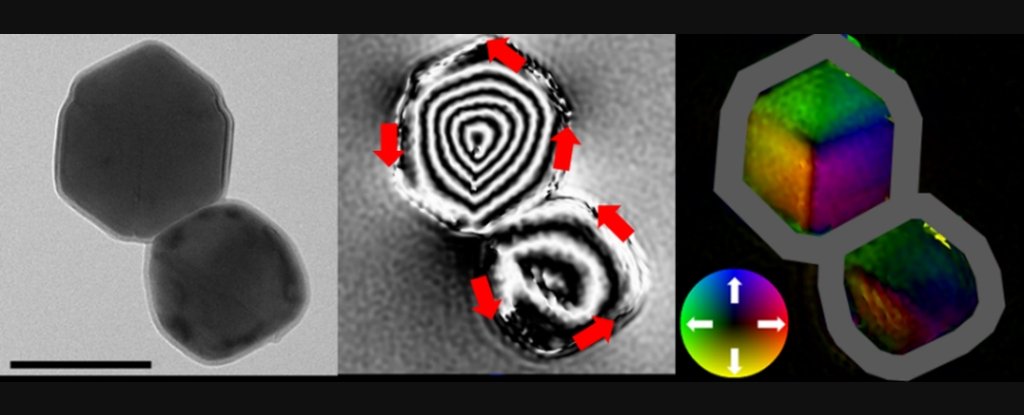
The Solar System is positively lousy with magnetic fields. They drape around (most of) the planets and their moons, which interact with the system-wide magnetic field swirling out from the Sun.
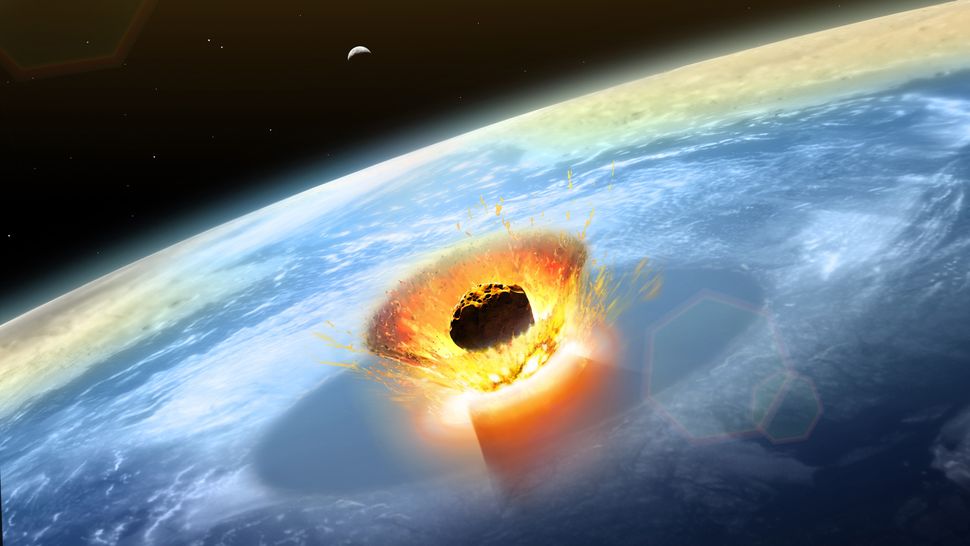
About 66 million years ago, an estimated 6-mile-wide (9.6 kilometers) object slammed into Earth, triggering a cataclysmic series of events that resulted in the demise of non-avian dinosaurs. Now, scientists think they know where that object came from.

Scientists have found two huge, red objects in the asteroid belt that they believe are not supposed to be there – both of which have “complex organic matter” on their surfaces.

Astronomers have detected light coming from behind a black hole for the first time, proving Albert Einstein right, yet again.
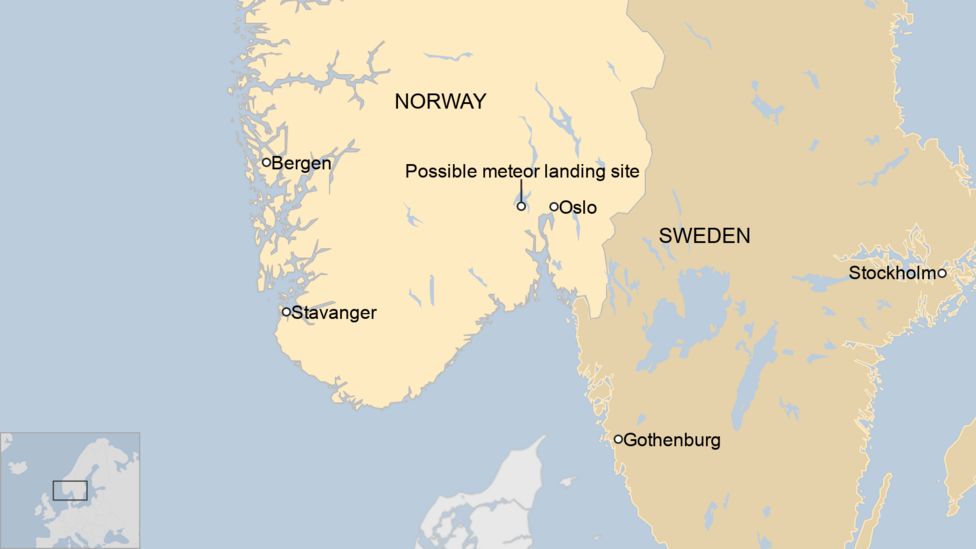
Norwegians have been left awestruck by a bright meteor that illuminated the night sky in the country’s south-east.
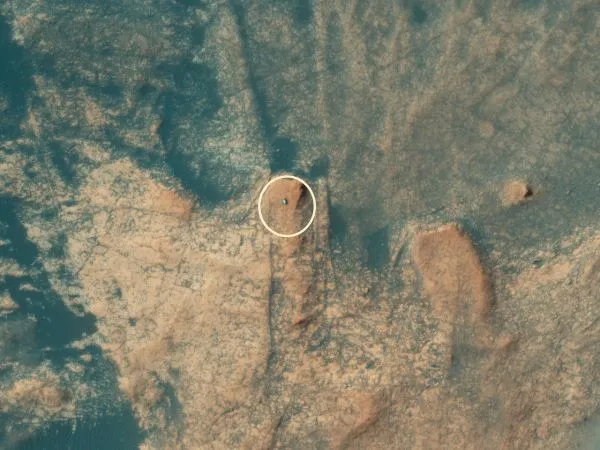
Evidence of ancient life may have been scrubbed from parts of Mars, a new NASA study has found.

One rocket launch produces up to 300 tons of carbon dioxide into the upper atmosphere where it can remain for years.
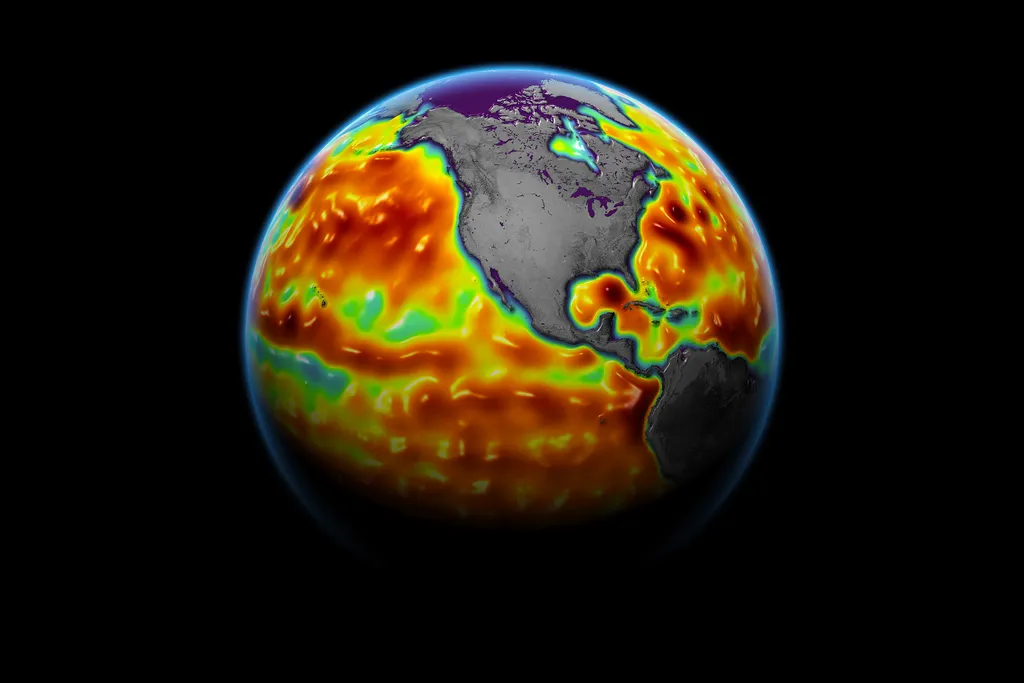
Climate change has already increased the frequency and severity of hurricanes and other extreme weather events around the world. — But there’s a smaller, less splashy threat on the horizon that could wreak havoc on America’s coasts.
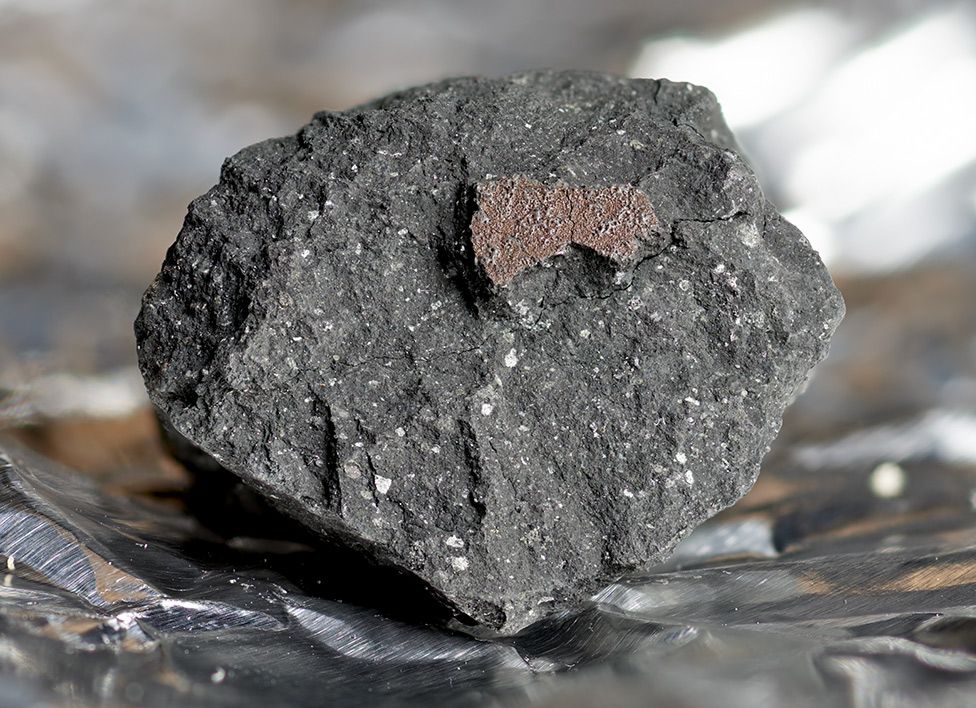
Early work by UK scientists indicates the Winchcombe object dates back to the very beginning of the Solar System, some 4.6 billion years ago.
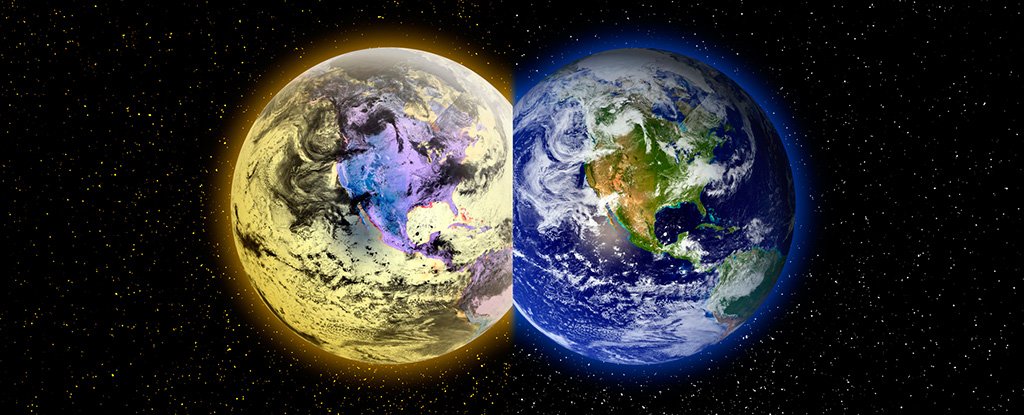
As far as we currently know, there is a single expanding blob of spacetime speckled with trillions of galaxies – that’s our Universe. If there are others, we have no compelling evidence for their existence.

Astronomers say they’ve put to bed the mystery of why one of the most familiar stars in the night sky suddenly dimmed just over a year ago.

Astronomers have spotted a giant blinking star, 100 times the size of the sun, lurking near the heart of the Milky Way.

The moon will partially cover the sun in the UK later this week, but some parts of the northern hemisphere will experience a total eclipse








